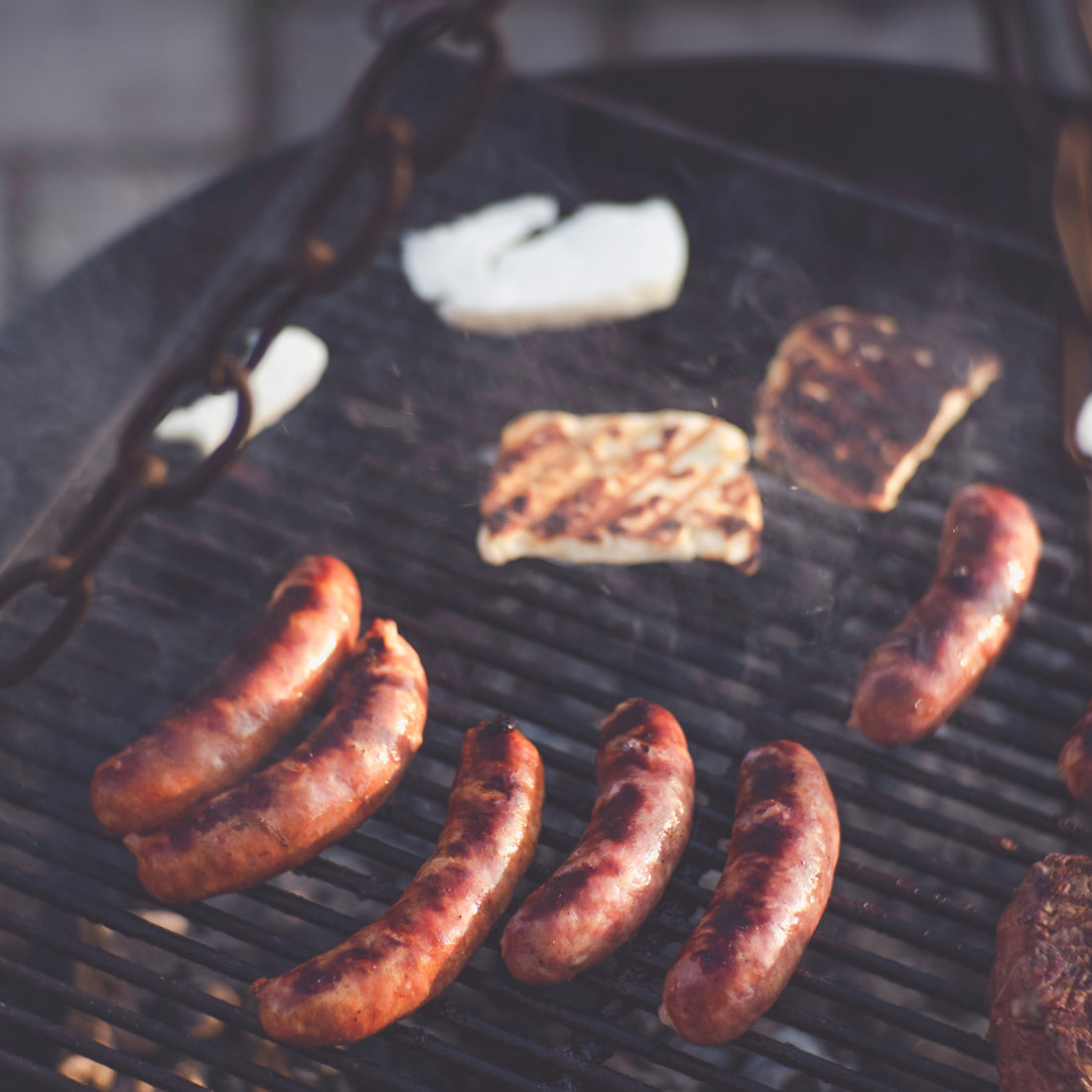
5 Surprising Sources of Protein
Share
Most gym-goers will tell you that protein is important to help build strength and revolver from workouts and they are absolutely correct. However, far fewer can tell you about what protein actually is, how it works, or where to find it other than in meat or a gallon-sized drum in their pantry.
This article will tell you about how protein works in your body and give you some interesting ways of getting more of it into your body to help maximize your performance in the gym.
What is Protein, Exactly?
Protein is classified as a macronutrient. It is built up of organic compounds called amino acids and is essential for building and sustaining muscle mass. It is also responsible for fueling muscles and making fundamental body functions like breathing and digestion possible.
How Does it Work?
The word “protein” is used as a general term in reference to dietary protein, but there are actually thousands of proteins all made up from amino acids. When we eat protein rich foods, our bodies actually break down the dietary into amino acids and reassemble them into the specific proteins it needs to carry messages, rebuild cells, and even bolster our immune systems.
What Other Foods Have Protein?
Meat is the usual example used for protein because it is made up of almost exclusively of water, protein, and fat . This is because like us, animals also rely on protein to carry out basic functions in their own bodies. However, protein can be found in fairly high amounts in other foods as well. Whether you are a vegetarian, or simply want to find some creative ways to add some protein to your diet, here are some foods that are richer in protein than you might think.
Pumpkin Seeds
As far as edible seeds go, pumpkin seeds may not be the first you think about. They aren’t as popular as the sunflower seed, but they are absolutely packed with protein. One cup of dried pumpkin seeds has about 36 grams of protein. That’s almost as much as a 6 ounce filet mignon steak!
Spinach
If you ever doubted Popeye the Sailor Man’s snack of choice, you owe him an apology. Spinach, as well as other dark leafy greens like collards and chard, is a great source of protein at 5 grams per cup. Since spinach is also so low in calories, there really isn’t much harm in having as much as you want.
Parmesan Cheese-
Who doesn’t love cheese? Even lactose-intolerant people often can’t resist the temptation. All cheese has some protein, but parmesan cheese leads all with a whopping 10 grams of protein per ounce. Maybe this is why the Italians refer to authentic Parmigiano Reggiano cheese as, “The King of Cheeses.”
Whole-Wheat Pasta-
If you’re looking for a use for your parmesan, look no further than another Italian classic. While most traditional pasta is known for being full of carbs and reserved for cheat days, whole wheat pasta offers more nutritional value, especially in the protein department. At 7.5 grams of protein per cooked cup, switching to whole-wheat pasta can help aid in your recovery as long as you don’t overindulge.
Lima Beans-
This often-overlooked legume has an incredibly high supply of protein in a package that is just past pea-sized. With over 11 grams of protein per cooked cup, lima beans make for a filling and nutritious addition to soups or salads.
Related Topics
Fasting Do’s and Don’ts
Top 5 Reasons You Aren’t Reaching Your Weightlifting Goals
Check out highly rated Dip Belt to support your fitness journey today!
